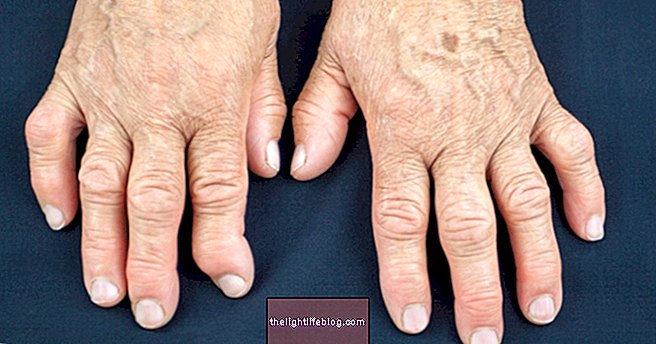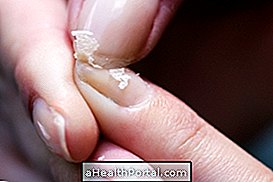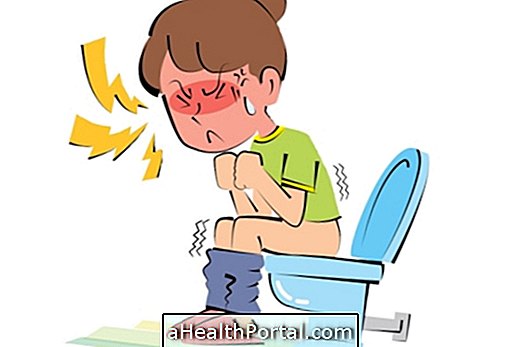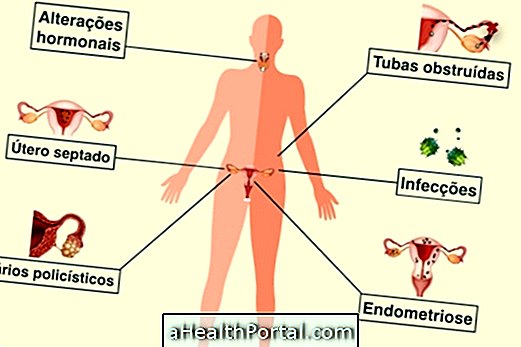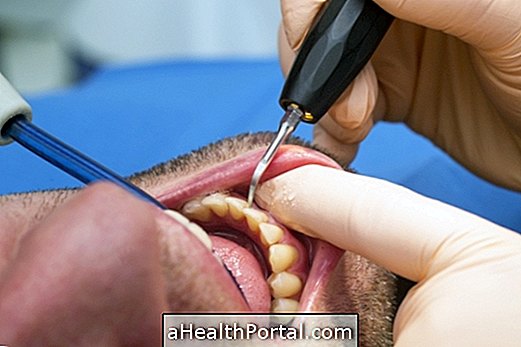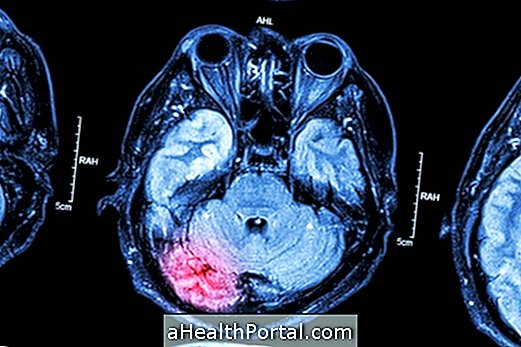Muscle contracture treatment can be done at home with a hot water bath, stretching exercises and a massage done with heated oils. However, when this is not enough and the muscle contraction persists, it is important to seek medical help and a physical therapist.
Muscle contracture is one of the most common causes of back pain, over the shoulders and neck, but it can occur in any other area of the body. In addition, it is common for it to appear on the calves and thighs due to the accumulation of lactic acid produced during physical exercise.
Steps to Treat Muscle Contracture at Home
Some step that can be used to treat the contracture at home are:
- Take a bath with hot water and let the jet of water fall directly into the region of the contracture;
- Put a hot water bottle in the sore area;
- Do a small massage on the spot, using a moisturizing cream or heated oil;
- Do some stretches by gently stretching the affected muscle. Here are some examples in the following video:

If even after following these steps, muscle contraction continues to hurt, it is important to consult a doctor or physical therapist. For treatment the doctor may indicate the use of a muscle relaxant such as Miosan for example and may request tests such as x-ray or resonance if other more serious conditions are suspected. See some of the most commonly used relaxants in Relaxing Remedies.
Signs of improvement
Signs of improvement of the contracture are pain relief, increased range of motion, and decreased pain points in the affected region. The muscle becomes more malleable and less sore.
Signs of worsening
The signs of worsening that may occur are persistence of the contracture, which becomes larger and more painful and the formation of fibrosis in the region of the contracture, which can only be solved with sessions of physiotherapy. Depending on the location of the contracture there may be irradiation of the pain to other sites and tingling sensation when the nerve is affected.
There may be worsening when the individual does not follow the treatment correctly and when the cause of the contracture has not been eliminated and therefore it is important to rest during treatment.
How to avoid muscle contractures
A good way to prevent the onset of muscle contractions is to perform warm-up before beginning to train, and stretching after exercise. In addition, it is recommended to keep your muscles strong enough and stretched regularly with physical activity. Maintaining good posture is also very important to avoid muscle compensation and consequent contractures.



